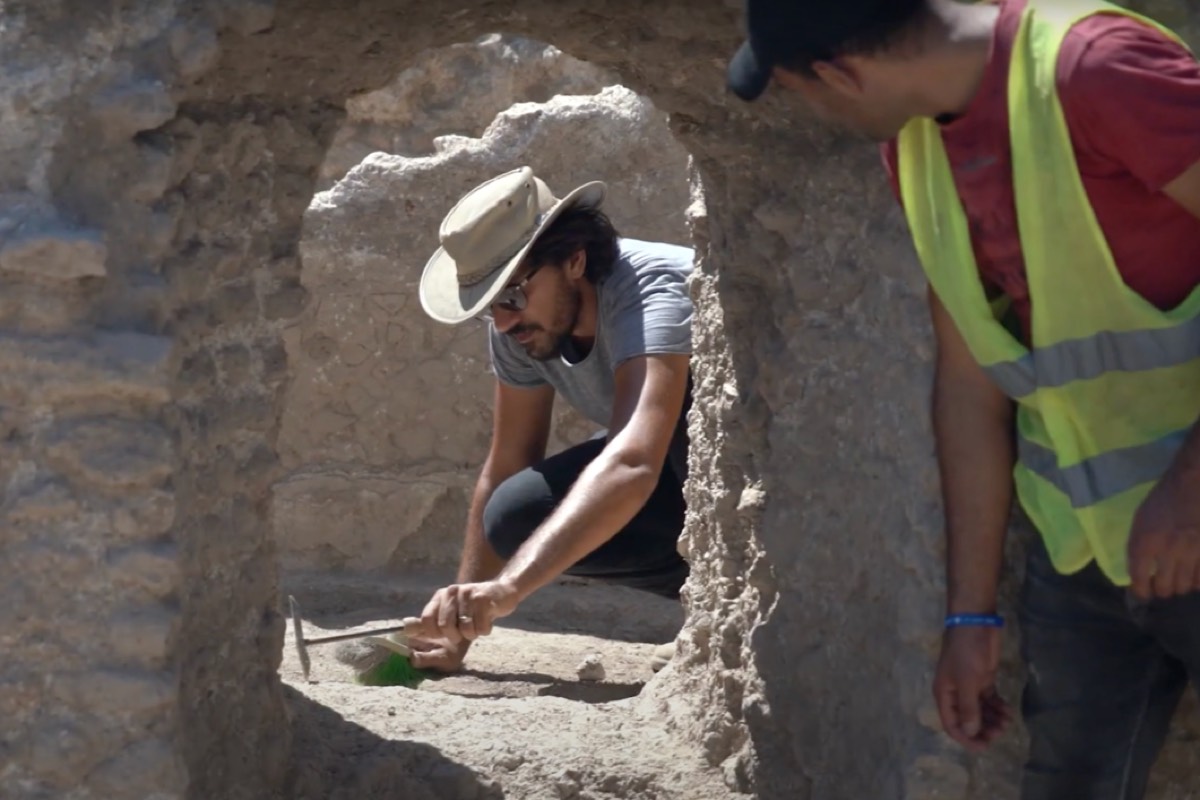LIFE-SIZED CAMEL CARVINGS IN NORTHERN ARABIA DATE TO THE NEOLITHIC PERIOD
A procession of lifestyle camel sculptures goes back to the Stone Age in Northern Arabia, reveals a new study. In the region of Al-Jouf in the northwest of the Saudi Desert in 2018, 21 camels and horse-like figures were found. Researchers originally considered that the sculptures were 2,000 years old, partly as the rock reliefs unearthed at the renowned Jordanian stone town of Petra were comparable.
New investigations at dating show that the sculptures are substantially older: It’s 8,000 years ago. Probably they were sculpted from 6000 B.C. to 5000 B.C. in the winter and colder areas.
At that time, the terrain was a lake shed grassland, in which camels, horses and families wandered free, according to experts. People herded herds of livestock, sheep and goats—with amazing works of art supposedly being made.
The sculptures are chiselled into the natural rocks of the location, and frequently the natural grain of the rock is melted together. Their construction would need tools fashioned of a chert stone, which was at least 9 kilometres (15 km) distant.
According to scientists from the French Ministry of Culture of Saud, the Max Planck Institute for the Science of Human History, the Centre National de la Recherche Scientifique and the King Saud University, artists who took up the work of carving each animal needed some kind of scaffolding and a couple of weeks to complete.
Maria Guañin, the archaeologist from the Max Planck Institute of Human History science, who has led the new research, claimed that “Neolithic societies have been returning to the Camel site for many generations, which means its symbolism and function is preserved.
The work was published in the Archeological Science Reports Journal on Wednesday (Sept. 15).
The sculptures are deteriorated, which makes it difficult to date them. The researchers utilised several lines of evidence, from rock to bone radiocarbogen markers discovered in associated rock strata. The researchers used several lines of evidence. (The radioactive decay of specific carbon molecules, although organic material is required for the analysis, is the basis for radioactive dating)
The investigators also evaluated the varnish density of the desert on the rock using a method called portable fluorescent X-ray spectrometry.
Desert varnish is a mineral layer formed overtime on desert rocks.
The portable X-ray spectrometry employs a handheld instrument to transmit the X-ray in a sample and to evaluate the elements on the surface without destruction.
Finally, the scientists employed light dating from pieces that had dropped from the rock wall to establish when particles fell.
This approach analyses the quantity of natural radiation in the rocks and can show how long the rock was exposed to sunshine or extreme heat and how much radiation the sun has been getting since then.
The new neolithic, or “Stone Age,” dates to the pastoral works in Northern Arabia, and places them in the context of other art of rock making.
These include the enormous stone monuments called mustatil, consisting of sandstone walls that surround a patio with a stone platform.




